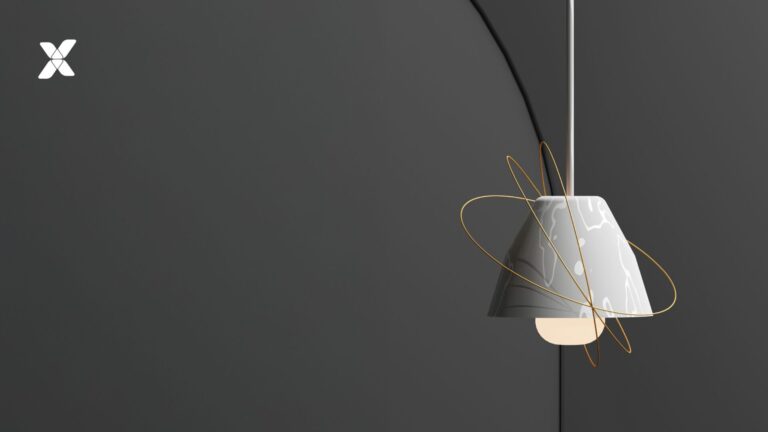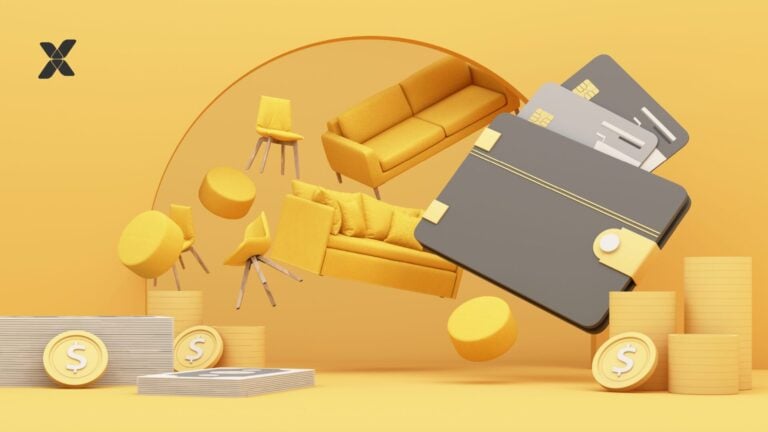Despite the current global pandemic, luxury goods are on the rise. And an increasing percentage of those sales are taking place online, in a digital context. Research from McKinsey shows us how online experiences and content are influencing more than 78% of all luxury purchases, a number that just keeps rising.
While the luxury sector, like most sectors, suffered severe losses during the pandemic, the recovery is now well on its way. The industry as a whole is predicted to reach pre-covid levels in 2022-2023, with the Chinese market being the main driver.
Old-world Brands Adapting to the Digital World of Ecommerce
Adapting to the modern digital landscape has been a challenge for an industry built largely on tradition and old-world quality. And while the impetus for digital transformation was there long before the pandemic, the onset of COVID certainly added urgency and accelerated the digitalization of the luxury sector.
At the same time, the whole concept of luxury and what it entails is also changing. Today, luxury items include a much more comprehensive range of products than they used to, and there are luxury versions of more or less everything. A market characterized initially by haute couture and special occasions now include everything from sneakers and casual wear to food and wine–all available at a premium cost for anyone willing to pay.
Frederica LaVato at Bain says as follows about the future of luxury ecommerce:
“We will not talk about the luxury industry anymore, but of the market for insurgent cultural and creative excellence. In this new enlarged space, the winning brands will be those that build on their existing excellence while reimagining the future with an insurgent mindset. Luxury players will need to think boldly to rewrite the rules of the game.”
So, how can luxury brands continue to set themselves apart from other brands in an online environment? It’s undoubtedly easier to create a unique luxury experience in the physical world, with VIP treatment, expert sales associates, and high-end stores in beautiful locations. To replicate this online with just a website simply is not possible. It requires an innovative and experimental mindset, and a willingness to do things in new and untested ways. This is a time to be bold, and not a time to stick to old ways of doing things.
In our experience, the cornerstones of a winning strategy for a luxury brand’s omnichannel offering include the brand’s commitment to quality, timeliness, and a specific worldview. Providing ecommerce customer experience options that not just mirror the in-store experience, but that expand and enrich it, will be essential in the future of luxury shopping.
Luxury brands operating online are competing with other ecommerce brands in a way they’ve never had to before, and they’re subject to the same trends and tendencies. Let’s have a look at seven omnichannel trends, and how they play out in a luxury ecommerce context.
Virtual Experiences and Social Shopping
Social shopping is a strong trend that no brand can afford to ignore. And when leveraged right, it can skyrocket sales and help brands build huge audiences quickly.
One example of social shopping that bridges the gap between virtual and physical experiences is the British luxury fashion company Burberry, which recently opened its first-ever social retail store. The concept space is located in Shenzhen, China. There, customers can unlock personalized experiences and exclusive content through a program on the Chinese social media platform WeChat.
This is just one example of traditional luxury brands bringing social interactions online into a physical space, where fans can then share content and experiences with their followers and friends.
Related reading: Shoppable Content–An Effortless Digital Experience
Digital Flagship and Concept Stores
Ralph Lauren is one iconic luxury brand embracing digital. The brand is at the very forefront of creating immersive, omnichannel experiences. From Snapchat integrations and gaming to a virtual flagship store, Ralph Lauren has showcased exactly the kind of playful and experimental mindset that will take luxury brands into the future.
One innovative example of this is that Ralph Lauren’s clothing line is available in the Bitmoji closet so that customers and fans can dress their digital selves in the brand’s characteristic “preppy” look. This is just one of many ways that luxury brands are beginning to gain attention through Apps and online fashion gaming.
|
Want more advice on this topic? |
VIP Experiences In a Virtual World
One of the reasons people are willing to pay extra for luxury goods is that the shopping experience is infused with a sense of exclusivity; that it’s not available to anyone, anywhere, at any time. Creating the same sensation in an online world has presented an interesting challenge for modern luxury brands, and many of them have come up with innovative strategies for how to maintain that coveted VIP air.
In the past, luxury brands built their image of exclusivity through high cost, low quantity, and limited availability. While in the digital world, those options still exist, they need to be complemented by a new set of strategies. New strategies for building digital VIP experiences include things like:
- Loyalty rewards and perks
- Created scarcity
- Limited editions
- Closed digital communities
- invitation-only apps
- Early beta groups
Related reading: Redefining Digital Luxury Experiences in Ecommerce
Conversational Sales and Marketing in Luxury Ecommerce
Personalization and conversational marketing through Artificial Intelligence are also forces transforming online luxury retail.
Luxury consumers expect their digital interactions with brands to be as smooth as the offline experience and have limited patience for scanning through irrelevant products before finding what they search for. In this context, AI and conversational bots allow brands to create personalized and convenient shopping experiences as close to the offline, white-gloved customer service as possible.
Prada and Louis Vuitton, for example, have AI-powered chatbots on their websites that can answer the most common questions around purchasing, shipping, and returns. If the bot can’t answer questions, a human sales assistant immediately steps in to help. This strategy is not only used on websites but also on social media.
Live Stream Shopping and Shoppable Content
Live stream shopping has reached new and unprecedented heights throughout the last couple of years, and especially during the pandemic. The rollout, popularity, and quick adoption of livestream shopping across platforms and brands is transforming the online luxury market. Leading this trend is China, where live shopping has been around longer and is more popular than anywhere else.
2020 was the year when many luxury brands moved into the live broadcast arena for the first time. Iconic luxury house Louis Vuitton hosted its very first Livestream on the Chinese luxury app Little Red Book (Xiaohongshu); Net-a-Porter started selling luxury bags through live shopping on the Taobao Live platform, and Bottega Veneta began to collaborate with China’s “Lipstick King” Austin Li.
Related reading: Live-Stream Shopping Is The Future of Ecommerce
AR and VR in Luxury Ecommerce
Augmented Reality and Virtual Reality are technologies that have been embraced by several luxury brands. Prada’s virtual reality concept that was launched in 2020 is a great example. Not only are you able to virtually visit Prada flagship locations on the website, but you can go on to actually explore the cities themselves in VR.
Another innovative initiative is the Snapchat X Ralph Lauren partnership that involves a scannable Polo Logo. Ralph Lauren presented it as its “first-ever combination of AR and fabric.” It enables customers to scan the Polo pony Snapchat to instantly be brought to an AR Ralph Lauren experience (augmented reality).
In one example, the customer is brought to an AR lens with beautiful Ralph Lauren gifts with red ribbons. The “snap chatter” can then tap on the boxes to see different ribbons and take selfies and share with friends. This partnership was launched for the Christmas season but will continue with the digital experience changing following the seasons.
Subscriptions On Luxury Products Like Food, Cosmetics, Clothes, and Jewelry
Another interesting luxury trend is the subscription-based model, where customers subscribe to receive luxury products on a regular basis. Subscriptions are most common for consumable items, such as cosmetics, perfume, and food. But there are also subscriptions on things like clothes and jewelry.
Why companies love this business model is easy to understand; it allows retail brands to build predictable and scalable monthly recurring revenue (MRR) in a way that is more difficult with regular shopping. And there are advantages from a consumer perspective as well.
One of the incentives to subscribe to luxury is the feeling of regularly receiving a treat, even if you’re the one giving it to yourself. Subscriptions also relieve consumers of some of the decisions we’re all drowning in daily, and in a world where decision fatigue is real, not having to pick out your outfit and food can be the greatest luxury of them all.
How Vaimo Can Help
The ecommerce landscape presents several challenges for luxury brands, but it also holds incredible opportunities. For brands willing to experiment and innovate, the possibilities are almost endless.
At Vaimo, we’re happy to help you both plan and execute on your ecommerce strategy. Get in touch with our team of experts to explore how we can help you take the next step towards an outstanding digital luxury experience.








